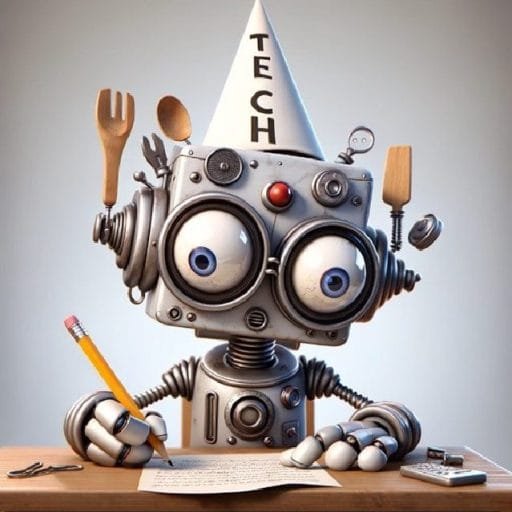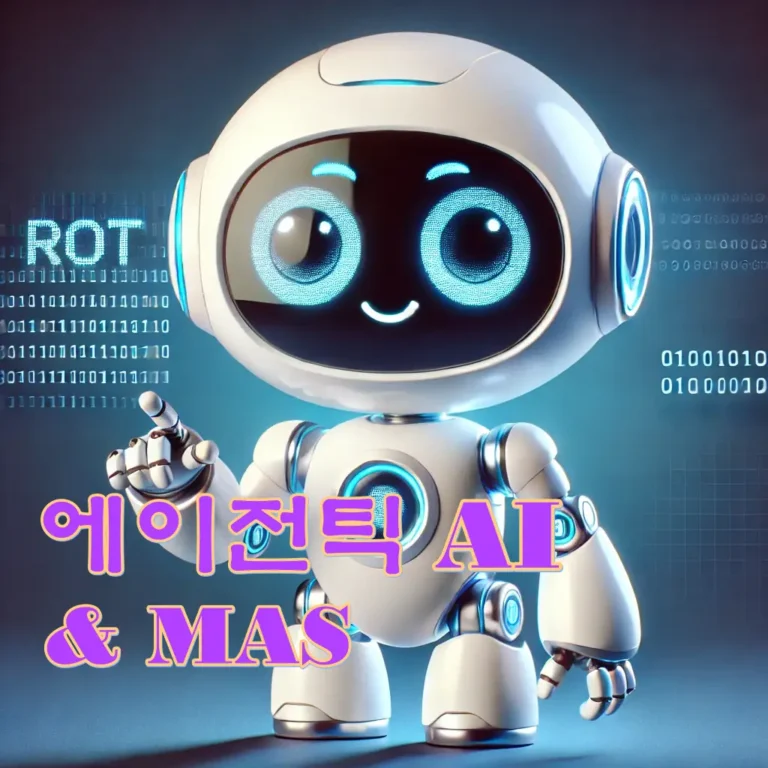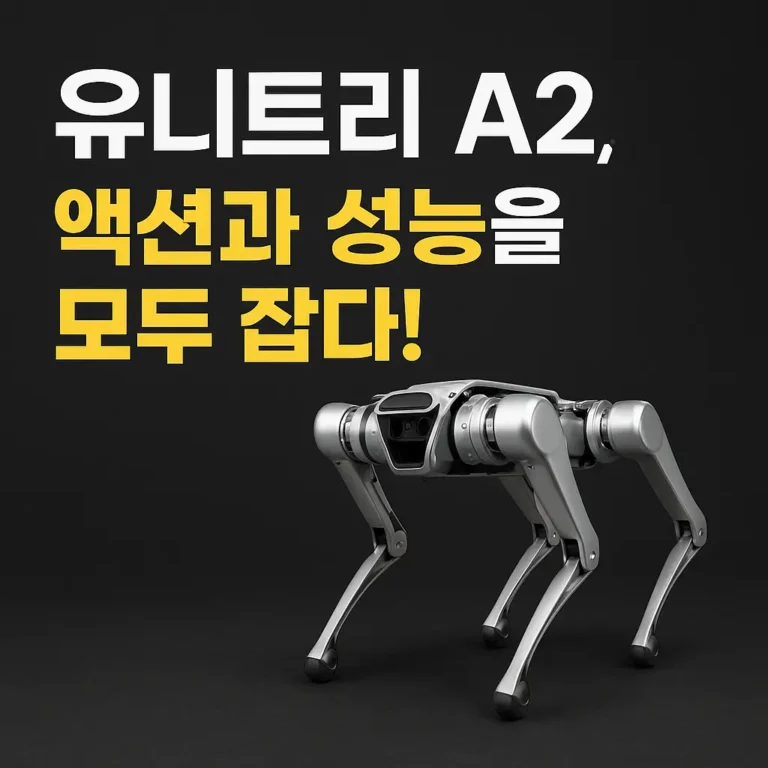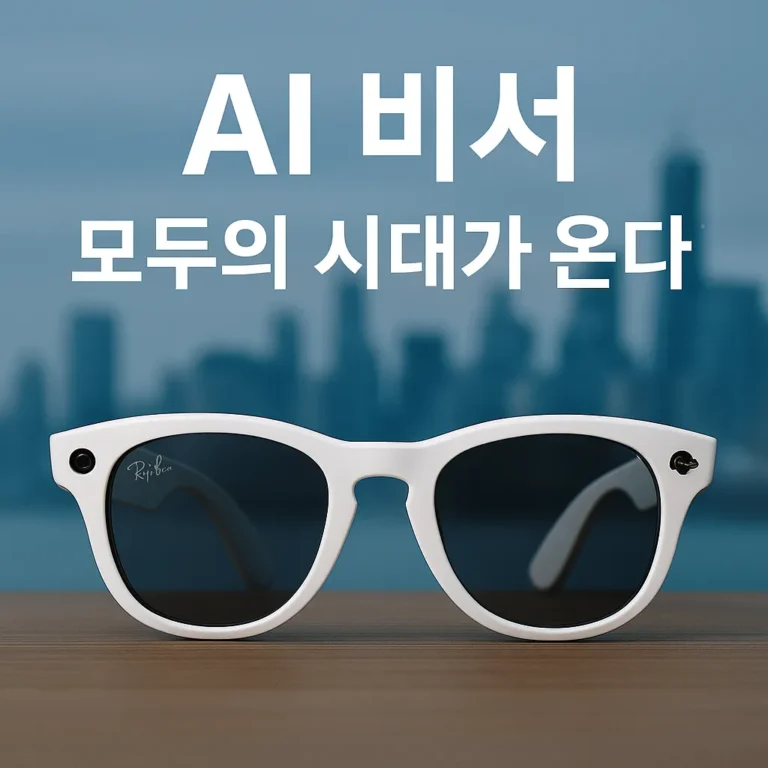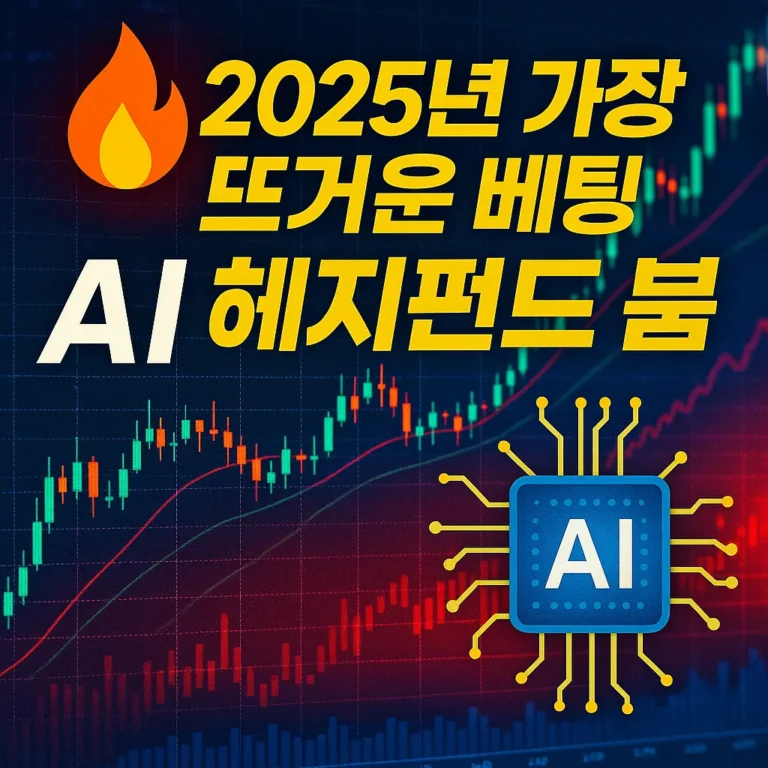Smarter Than Robots: The Rise of AI Agents, Brain Chips, and Autonomous Factories
A seismic shift is underway in the industrial world—one that’s redefining how factories think, learn, and operate. As artificial intelligence moves from centralized clouds to the edge of machines, three breakthrough forces are converging: AI agents, brain-inspired neuromorphic chips, and autonomous factories. This is not a distant future—it’s already happening.
AI agents, once simple task-executing programs, are evolving into autonomous collaborators capable of real-time decision-making and self-learning. At the same time, neuromorphic processors—chips modeled after the human brain—are unlocking radical gains in speed and energy efficiency, especially at the edge. Together, they’re powering a new generation of smart factories that adapt on their own, optimize processes in milliseconds, and eliminate downtime.
This isn’t just a technological leap—it’s an economic one. According to Allied Market Research, the global smart factory market is projected to surpass $321 billion by 2030, while neuromorphic computing is expected to grow at a 91% CAGR by 2027. Manufacturing giants like BMW, Siemens, and Tesla are already integrating these technologies, slashing production costs and speeding up innovation cycles.
In this blog, we’ll explore how these three technologies intersect—and why they represent the next big leap for industry, business, and the global economy. You’ll discover what’s driving their adoption, how they work together, and what challenges lie ahead. Whether you’re an executive, engineer, or investor, this is your guide to the AI-powered industrial revolution unfolding right now.
1. Economic Impact: The Trillion-Dollar Leap
The convergence of AI agents, neuromorphic computing, and autonomous factories isn’t just a technological leap—it’s an economic engine that’s beginning to reshape global productivity, competitiveness, and value creation.
💹 Global Market Growth
- Smart factory market projected to reach $321.4 billion by 2030 (Allied Market Research, 2023)
- AI in manufacturing estimated to grow from $13.5B in 2022 to $68.3B by 2028 (Fortune Business Insights)
- Neuromorphic chip market growing at 91% CAGR, with major investments from Intel, IBM, and BrainChip
🏭 Productivity and Cost Savings
- AI-led predictive maintenance reduces unplanned downtime by 30–50% (Deloitte, 2023)
- Fully autonomous factories can improve production output by 20–35% and reduce energy costs by up to 15%
- Neuromorphic systems can lower energy consumption of edge computing by up to 100x, according to Intel Labs
🌍 National Strategic Investments
- China invested over $70 billion in smart manufacturing initiatives in 2022, with a 5-year roadmap focused on edge AI
- U.S. CHIPS Act and associated legislation committed $280 billion to semiconductor, AI, and automation innovation
- EU’s Horizon Europe earmarks €9 billion for AI and robotics in sustainable manufacturing
👩🏭 Labor Market Transformation
- While AI may automate up to 14 million jobs in the OECD by 2030 (OECD), 97 million new roles are expected globally in AI development, edge system management, and human-AI collaboration (World Economic Forum, 2023)
- Global workforce reskilling investments will need to exceed $6.5 trillion by 2030 (UNESCO)
This isn’t just about faster machines—it’s about building resilient economies, redefining productivity, and positioning nations for long-term competitiveness.
2. The Road Ahead: What’s Next for AI-Powered Industry
The future of industrial intelligence lies not in a single breakthrough, but in the orchestration of systems—AI agents, neuromorphic hardware, and autonomous processes operating in harmony. Over the next five years, expect dramatic changes in how factories are built, operated, and improved.
Here’s a projected timeline of milestones through 2030, based on current R&D trajectories, corporate strategies, and government investment:
📅 AI-Driven Industry Timeline (2024–2030)
| Year | Milestone | Company / Source |
|---|---|---|
| 2024 | Edge AI agents deployed in >30% of smart factories | Bosch AIoT Factory |
| 2025 | Neuromorphic chips mass-produced for robotics and edge systems | Intel Loihi 2 |
| 2026 | Multi-agent systems manage 50% of auto manufacturing globally | Tesla AI scheduling |
| 2027 | Unified factory AI OS launches (e.g., Nvidia Omniverse for factories) | Nvidia Omniverse |
| 2028 | Smart factory investment exceeds $400B worldwide | McKinsey |
| 2029 | Human-on-the-loop AI governance becomes industry standard | Foxconn automation model |
| 2030 | 20% of global factories operate as fully autonomous systems | World Economic Forum |
These milestones are not isolated—they’re interdependent innovations. As AI agents improve in adaptability, neuromorphic chips scale efficiency, and factory ecosystems mature, the industrial landscape will shift from reactive operations to predictive, learning-driven ecosystems.
3. What Are AI Agents and Why Are They Game-Changers?
Today’s autonomous AI agents are adaptive, goal-driven systems capable of sensing, reasoning, and taking action—independently or as part of a team. They operate with a level of situational awareness and decision-making that brings intelligence to the edge of production lines, logistics networks, and industrial robots.
Unlike traditional automation systems, which follow predefined workflows, AI agents learn through interaction. Using reinforcement learning, multi-agent coordination, and self-supervised data, they optimize operations dynamically. In modern manufacturing, this means agents can adjust assembly sequences, reroute inventory, or even initiate preventive maintenance—without human intervention.
Take the example of Siemens’ industrial AI platform: multiple agents are assigned roles such as production scheduling, energy optimization, and defect detection. These agents communicate with each other to balance factory loads, detect anomalies in real time, and respond to unexpected inputs, all while improving efficiency by up to 30%.
As agent-based systems mature, they are becoming foundational to Industry 4.0—shifting industrial systems from reactive to proactive, from fixed to flexible, and from human-in-the-loop to human-on-the-loop.
4. Brain-Inspired Chips: The Rise of Neuromorphic Computing
While AI agents bring intelligence, neuromorphic chips bring the speed and efficiency required to scale it. Inspired by the brain’s architecture, these chips process information using spiking neural networks (SNNs)—enabling real-time perception and decision-making with remarkably low power consumption.
Traditional CPUs and GPUs are excellent for cloud-based training, but they struggle at the edge, where latency and energy efficiency are critical. Neuromorphic chips solve this by mimicking how neurons and synapses communicate in biological systems—processing only when a “spike” of information occurs.
For example, Intel’s Loihi 2 chip achieves 1000x better power efficiency in certain edge AI tasks compared to traditional GPUs. These chips can run continuous learning, adapt to new sensor inputs, and respond instantly to changes—ideal for robotics, industrial vision systems, and predictive analytics on the factory floor.
IBM’s TrueNorth chip, another pioneer in neuromorphic computing, integrates over one million artificial neurons and can recognize images or patterns with minimal energy. In a smart factory, this means faster inspection, adaptive controls, and AI that can evolve based on feedback—without needing a data center.
Neuromorphic hardware isn’t just a performance booster; it’s a strategic enabler for autonomous, distributed AI systems that can scale across hundreds of machines and sensors.
5. Inside Autonomous Factories: AI-Driven Manufacturing at Scale
Autonomous factories represent the highest expression of AI and neuromorphic synergy—a physical environment where machines learn, collaborate, and adapt continuously. These are not just automated—they are self-optimizing.
In a fully autonomous setup, every component—from robotic arms to inventory systems—is infused with intelligence. AI agents coordinate production schedules, adjust supply flows, and even control climate or energy consumption. Neuromorphic chips embedded in cameras or sensors enable real-time defect detection, motion control, and predictive maintenance with near-zero latency.
Consider the BMW iFACTORY, which has implemented autonomous material flows, flexible robot swarms, and predictive maintenance AI. The result? A 25% reduction in production time and 15% drop in energy use per unit produced. Similarly, Tesla’s Gigafactories use AI-led platforms to dynamically reroute manufacturing tasks and predict equipment failures before they occur.
These factories are also more resilient. When supply chains fluctuate or a machine fails, agents instantly reorganize processes to avoid downtime. This adaptability isn’t just an operational win—it’s a strategic advantage in uncertain markets.
Autonomous factories not only cut costs and boost output—they open the door to mass customization, where unique products can be made at scale without sacrificing efficiency.
6. The Convergence: Synergy Between Agents, Chips, and Factories
What happens when intelligent agents, neuromorphic hardware, and smart factories come together? The answer: a radically more adaptive, efficient, and self-improving industrial ecosystem. The convergence of these technologies creates a flywheel effect—each component reinforcing the others.
🤖 AI Agents + Neuromorphic Chips
AI agents rely on data and speed. Neuromorphic chips provide both—handling low-latency, real-time data processing at the edge. This means agents no longer need to wait on centralized cloud instructions; they act locally and autonomously, whether it’s adjusting a robotic weld or correcting a conveyor misalignment in milliseconds.
🧠 Neuromorphic Chips + Autonomous Factories
Smart factories already have hundreds of sensors generating continuous data. With neuromorphic chips embedded into vision systems or robotic controls, machines can now interpret patterns directly—no cloud relay needed. That’s what Bosch achieved in its Renningen plant, where neuromorphic-enabled visual AI systems reduced manual inspection by 40%, improving defect detection on the production line.
🤝 AI Agents + Autonomous Factories
In Foxconn’s “lights-out” factories in Shenzhen, hundreds of collaborative AI agents manage machine scheduling, parts routing, and energy consumption. These factories run 24/7 with minimal human oversight. As a result, Foxconn reduced labor costs by 30% while increasing output predictability.
💡 All Three Combined
GE’s Brilliant Manufacturing Initiative connects neuromorphic-inspired edge devices, predictive AI agents, and industrial IoT platforms. In one turbine assembly line, the company achieved a 20% productivity boost and a 10% drop in inventory overhead—simply by empowering machines to adapt in real time.
Together, these technologies enable self-aware manufacturing environments—ones that don’t just respond to instructions, but learn from them, improving continuously.
7. Technical and Operational Challenges
Despite the promise, this transformation isn’t plug-and-play. Adopting AI agents and neuromorphic systems within traditional factories requires solving significant hurdles across infrastructure, workforce, and cybersecurity.
🏗️ Legacy Systems and Infrastructure Gaps
Many existing industrial environments still operate on legacy PLCs and rigid automation logic. Integrating real-time AI systems into these workflows can be complex. GE Aviation, for instance, spent 18 months modernizing its sensor architecture before it could deploy AI-driven defect detection across its jet engine production line.
🧠 Talent & Skills Shortage
Neuromorphic programming isn’t widely taught yet. According to Capgemini, only 27% of manufacturers feel they have the in-house skills to scale AI systems. Without internal champions who understand both industrial operations and next-gen AI architecture, deployments stall or fail.
🔐 Cybersecurity and Data Governance
The more intelligent and connected the factory, the greater the attack surface. In 2022, Bosch launched a joint AI-OT (Operational Tech) security initiative after detecting model poisoning risks in its edge AI defect detection network. As AI agents gain decision authority, ensuring data integrity and trust boundaries becomes critical.
🤝 Workforce Resistance and Organizational Inertia
AI threatens long-standing job roles. Without transparent upskilling plans, unions and workforces may resist automation. Foxconn’s transition to lights-out factories was met with scrutiny over labor displacement, which the company addressed by offering retraining and reallocation programs.
8. Conclusion: Strategic Steps into the Future
The next industrial leap is no longer a vision—it’s an accelerating reality. As AI agents become smarter, brain-inspired chips become faster and leaner, and factories evolve into intelligent, self-managing environments, the stakes for businesses, nations, and innovators grow.
🔑 Key Takeaways
- AI agents are the new factory workforce—self-directed, data-hungry, and fast-learning.
- Neuromorphic chips will redefine energy efficiency and real-time decision-making, especially at the edge.
- Autonomous factories powered by this convergence will unlock massive gains in speed, flexibility, and ROI.
🎯 For Industry Leaders
- Audit your infrastructure: Are your systems AI-agent ready?
- Invest in talent: The AI-factory workforce won’t be robots—it will be hybrid teams of humans and autonomous systems.
- Pilot and scale smartly: Begin with AI-enhanced modules (e.g., predictive maintenance or quality inspection) before full automation.
Ignoring this leap risks obsolescence. Embracing it unlocks a competitive edge in the trillion-dollar future of manufacturing.
📚 References
- Allied Market Research (2023). Smart Factory Market Forecast to 2030. Link
- McKinsey & Company (2023). The Smart Factory: How to Capture the Next Digital Wave. Link
- Intel Labs (2022). Neuromorphic Computing Research – Loihi 2. Link
- World Economic Forum (2023). Future of Advanced Manufacturing Report. Link
- Deloitte (2023). Predictive Maintenance in Manufacturing: AI’s Role in Reducing Downtime. Link
- Fortune Business Insights (2022). AI in Manufacturing Market Size and Forecast. Link
- Bosch (2023). AIoT in Smart Factories. Link
- Tesla Manufacturing. AI Scheduling in Gigafactory. Link
- Nvidia Omniverse for Industrial AI. Link
- Reuters (2023). Foxconn’s Transition to Lights-Out Factories. Link
🔑 Keywords
- AI agents in manufacturing
- autonomous factories
- neuromorphic chips
- brain-inspired AI
- Industry 4.0 technologies
- smart factory automation
- industrial AI platforms
- edge AI for production
- AI-powered defect detection
- energy optimization with AI
- AI factory case studies
- Siemens industrial AI
- Tesla AI manufacturing
- Foxconn smart factory
- AI chips vs traditional chips
- AI manufacturing efficiency
- predictive maintenance AI
- intelligent production scheduling
- digital twin factory
- AI convergence in industry
